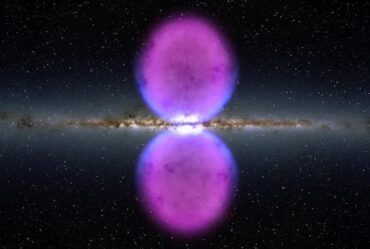Astrophysics Theory
Theorists in the astrophysics division use combinations of calculations, simulations, and observations to characterize and understand astrophysical phenomena on a wide range of scales, ranging from exoplanets, black holes, and neutron stars, to the dynamics of stars and galaxies, all the way to the universe at large. Current active areas of study include cosmology, the growth and evolution of galaxies, general relativity and gravitational waves, dark matter, and exoplanets. Much of this work involves large scale computation, done using a medium-sized computing cluster within the MIT Kavli Institute for Astrophysics and Space Research (MKI) as well as various larger scale MIT and national facilities. Theoretical groups often work closely with observing colleagues and their groups, as well as with data from large scale surveys such as Gaia, LIGO, the SPT, and TESS. There is also overlap with colleagues based primarily in the Center for Theoretical Physics, particularly in Cosmology and Astroparticle Theory.















